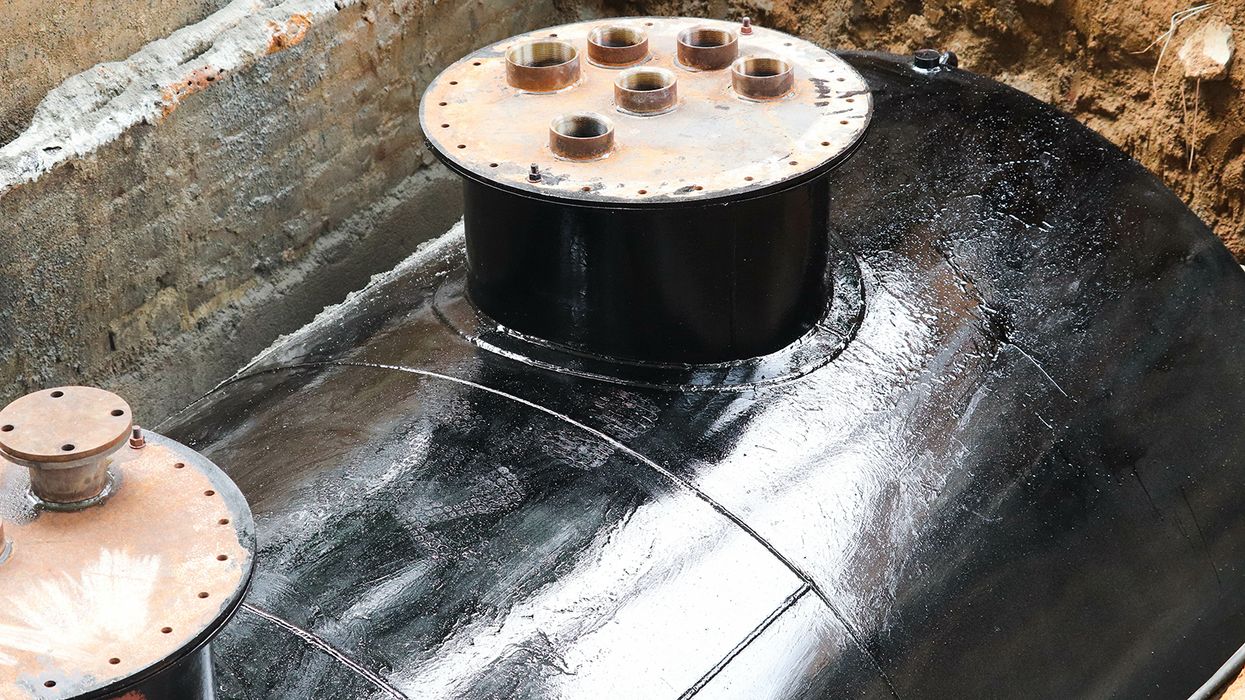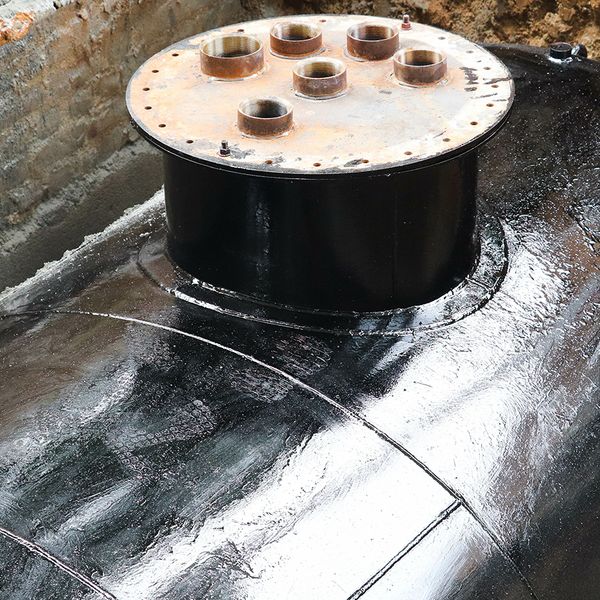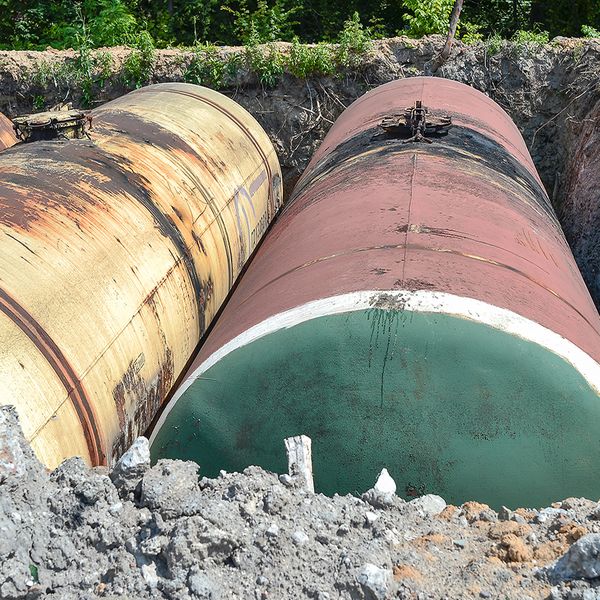5 key release detection requirements for underground storage tanks
Leak detection on an underground tank storing petroleum or other hazardous materials can be the factor that prevents a release from turning into a contamination catastrophe. A leak (or release) detection system alerts tank operators and owners of potential releases, allowing them to respond and limit contamination quickly.
The Environmental Protection Agency (EPA) requires regulated underground storage tanks (USTs) to have release detection systems. Here are five things you should know about complying with UST leak detection requirements.
1. The rules cover the entire UST system.
EPA’s release detection requirements (40 CFR Part 280 Subpart D) apply to USTs and any underground piping connected to the tanks.
Owners and operators must equip each regulated UST and piping with leak detection that:
- Detects a release from any part of the tank or its piping that routinely contains petroleum or hazardous waste;
- Meets the manufacturer’s instructions for proper installation and calibration;
- Follows the operation, maintenance, and testing requirements of the manufacturer’s instructions, a nationally recognized code of practice, or the implementing agency; and
- Complies with federal performance standards.
2. Tank release detection methods depend on the installation or replacement date.
The UST’s date of installation or replacement determines the release detection methods that owners and operators can use for the tank. There are three categories of release detection methods:
- Interstitial (e.g., secondary containment with interstitial monitoring),
- Internal (e.g., automatic tank gauging systems), and
- External (e.g., groundwater monitoring).
Owners and operators of USTs installed on or before April 11, 2016, choose at least one leak detection method from the range of interstitial, internal, and external options (or another method approved by the implementing agency). However, owners and operators of USTs installed or replaced after April 11, 2016, must use secondary containment with interstitial monitoring.
3. Piping release detection methods depend on two factors.
The release detection methods for piping that UST owners and operators can use are based on (a) the date of installation or replacement and (b) the type of piping.
Pressurized piping installed on or before April 11, 2016, must:
- Have an automatic line leak detector that shuts off or restricts product flow or triggers an alarm, and
- Receive annual line testing or monthly monitoring.
Pressurized piping installed or replaced after April 11, 2016, must also have an automatic line leak detector and use secondary containment with interstitial monitoring.
Suction piping installed on or before April 11, 2016, must use monthly monitoring or line testing every three years (unless the piping is exempt from requirements). Suction piping installed or replaced after April 11, 2016, must use secondary containment with interstitial monitoring (unless the piping is exempt from requirements).
4. Secondary containment with interstitial monitoring is the standard.
EPA revised the UST regulations in 2015, requiring all new and replaced tanks and piping to use secondary containment with interstitial monitoring for release detection. For example, say you have a UST installed before April 11, 2016, but you have to replace its piping. You must use secondary containment with interstitial monitoring for the replaced piping.
Secondary containment refers to a physical barrier between the UST and the environment, such as a double-walled tank or internally fitted liner. If the UST leaks, the barrier holds the leak between the tank and the barrier so it can be detected.
The interstitial monitor detects leaks between the tank and the barrier and alerts owners and operators of a potential leak. Monitoring devices range from physical dipsticks to high-tech pressure and liquid-detecting sensors.
5. State requirements may differ.
Many states implement the UST regulatory program. State requirements must be at least equal to EPA’s, and in some cases, they may be more stringent.
Whether you have one UST at a facility or several at facilities across the country, it’s vital to check state requirements to ensure you comply with all applicable standards.
UST release detection systems can help your facility prevent potential leaks from turning into environmental — and compliance — disasters.
Key to remember: EPA requires underground storage tanks to have release detection systems that alert owners and operators quickly to potential leaks.
















































